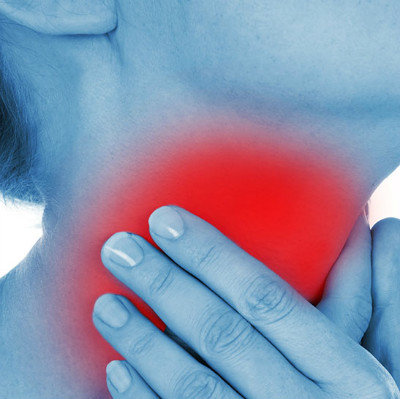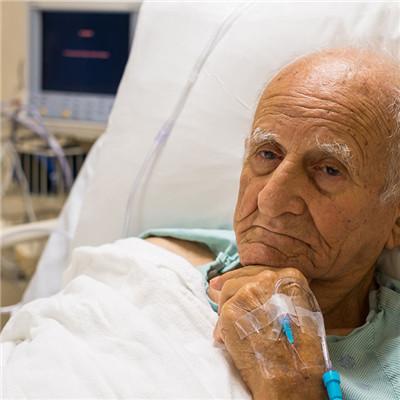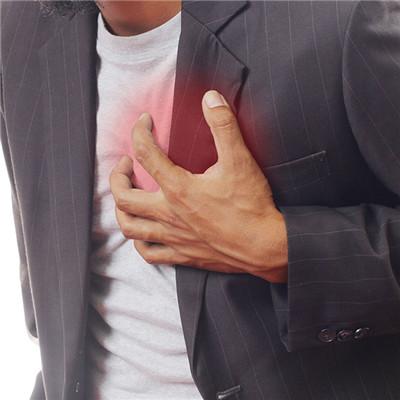Laryngeal contusion symptoms?
summary
Blunt injury of larynx is also called closed injury of larynx. When combined with multiple trauma, such as head, chest, abdomen, etc., because of the serious condition, laryngeal contusion is easy to be ignored. Sometimes only tracheotomy can relieve the obstruction of the larynx, but not deal with the injury of the larynx in time, which leads to the formation of traumatic laryngeal stricture. What are the symptoms of laryngeal contusion?
Laryngeal contusion symptoms?
Swallowing movement and head rotation pain, even dysphagia, cough sharp pain, is the prominent symptoms of laryngeal fracture. Laryngeal pain and obvious swallowing pain are the characteristics of hyoid fracture. Often have irritative cough. Cough aggravates emphysema and internal bleeding aggravates cough. Hemoptysis is also a common symptom. Swelling and tenderness of anterior cervical skin.

Hoarseness was found in vocal cord edema, laryngeal hematoma and vocal cord paralysis. The following conditions can cause complete aphasia: median thyroid cartilage fracture, cartilage piece overlapping in the front, posterior vocal cord outward displacement, spoon cartilage dislocation, cricoid cartilage fracture collapse, subglottic airway disappearance and subglottic hematoma.

Laryngeal edema, hematoma formation, separation of laryngeal mucosa and perichondrium, dislocation of laryngeal cartilage fracture, displacement and torsion of spoon shaped cartilage, and damage of bilateral recurrent laryngeal nerve all lead to laryngeal wheezing. In severe cases, laryngeal wheezing is often accompanied by dyspnea and cyanosis. Laryngeal mucosa tear or cartilage fracture piece into the laryngeal cavity, air from the laryngeal wound into the soft tissue, neck subcutaneous emphysema, laryngeal bleeding and irritating cough aggravate the emphysema. Emphysema is usually extensive, extending from the supraclavicular region to the face and scalp hairline. Severe cases often have mediastinal emphysema and pneumothorax, even pericardial air tamponade. The patient may die immediately.

matters needing attention
Those with signs of airway obstruction should lie in an appropriate position, remove blood clots, foreign bodies and secretions in the pharynx, and give oxygen. If dyspnea worsens, endotracheal intubation or cricothyroidectomy should not be performed, then low tracheotomy should be performed. Indications of tracheotomy: 1. Dyspnea gradually worsens; ② Subcutaneous emphysema aggravated progressively; ③ There were signs of laryngotracheal cartilage fracture; ④ There were cartilage pieces or large pieces of soft tissue tears in the laryngeal cavity; ⑤ There was a false passage outside the larynx; ⑥ Bilateral recurrent laryngeal nerve injury.














